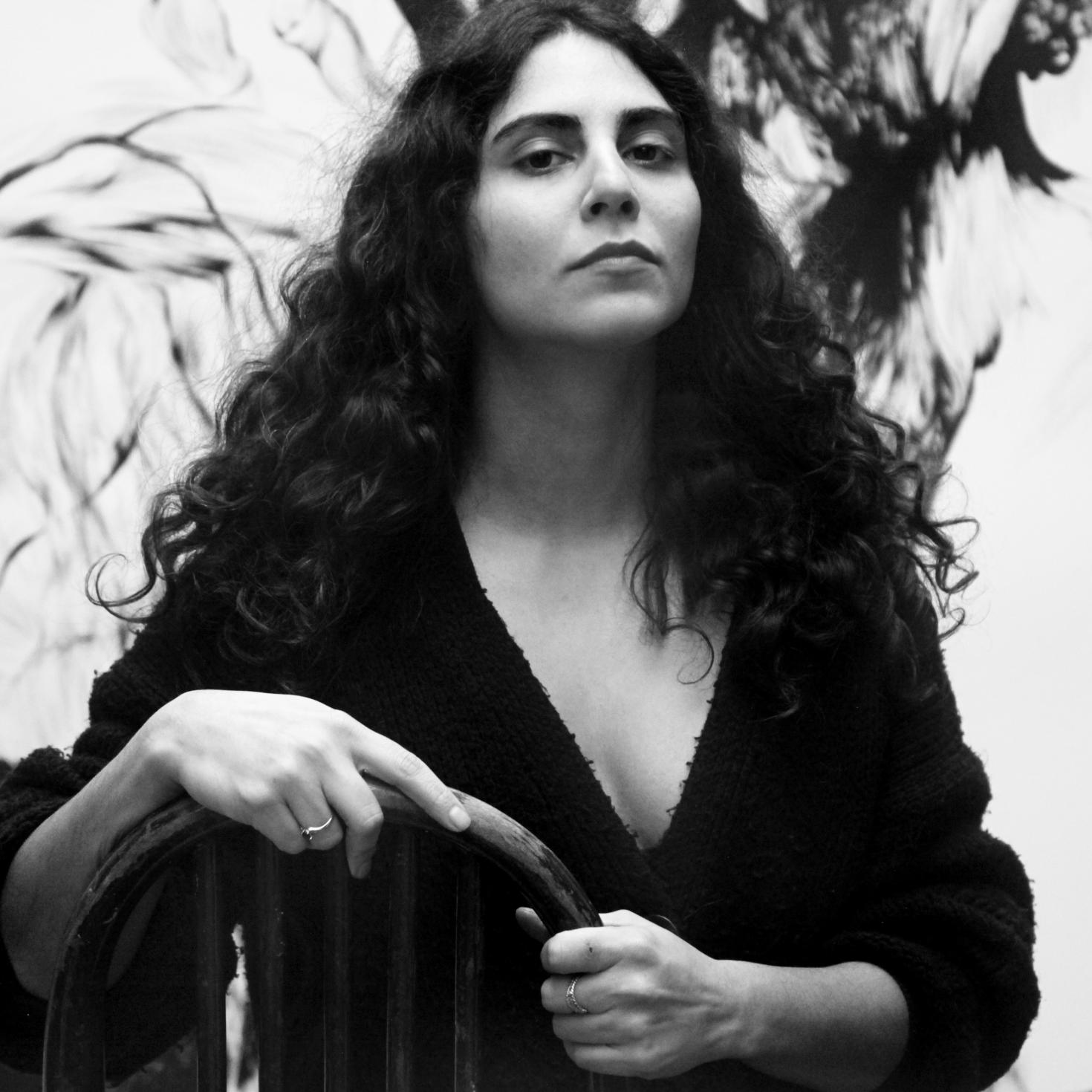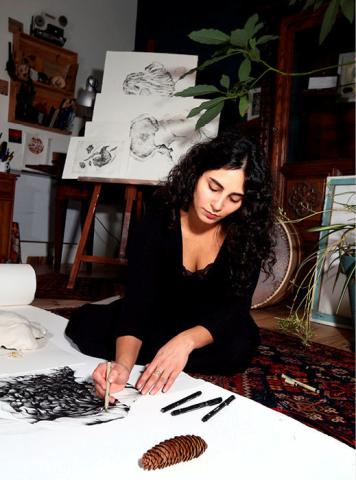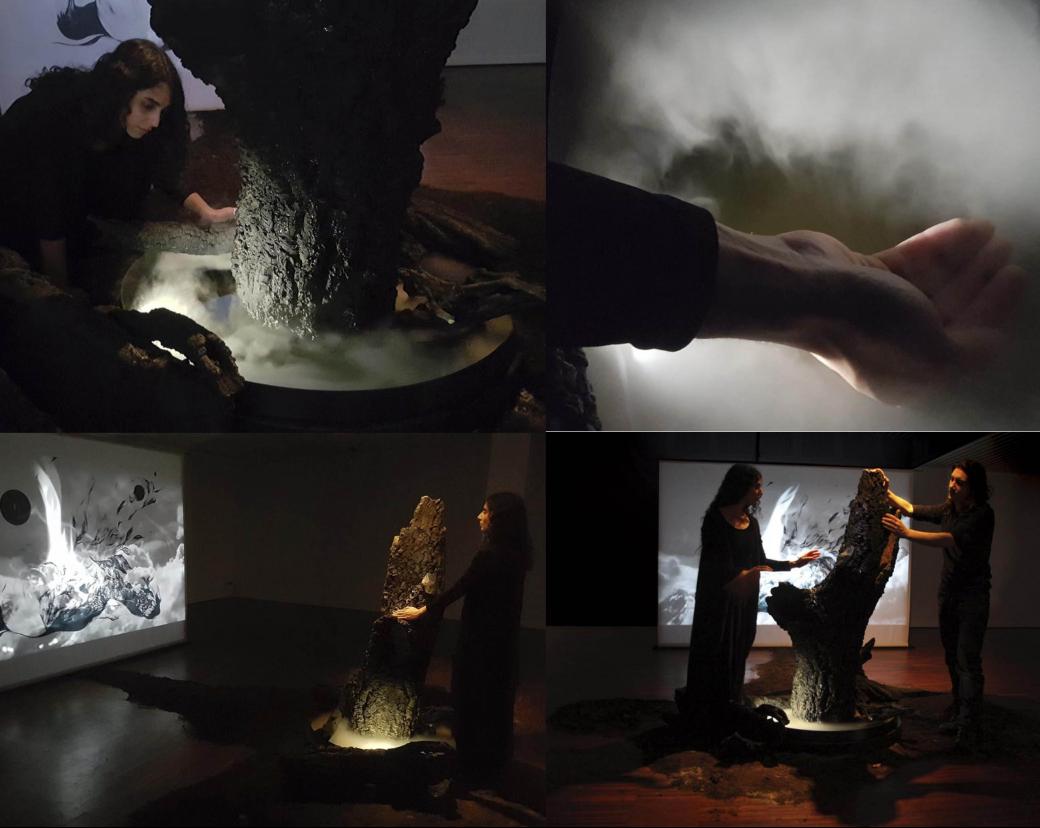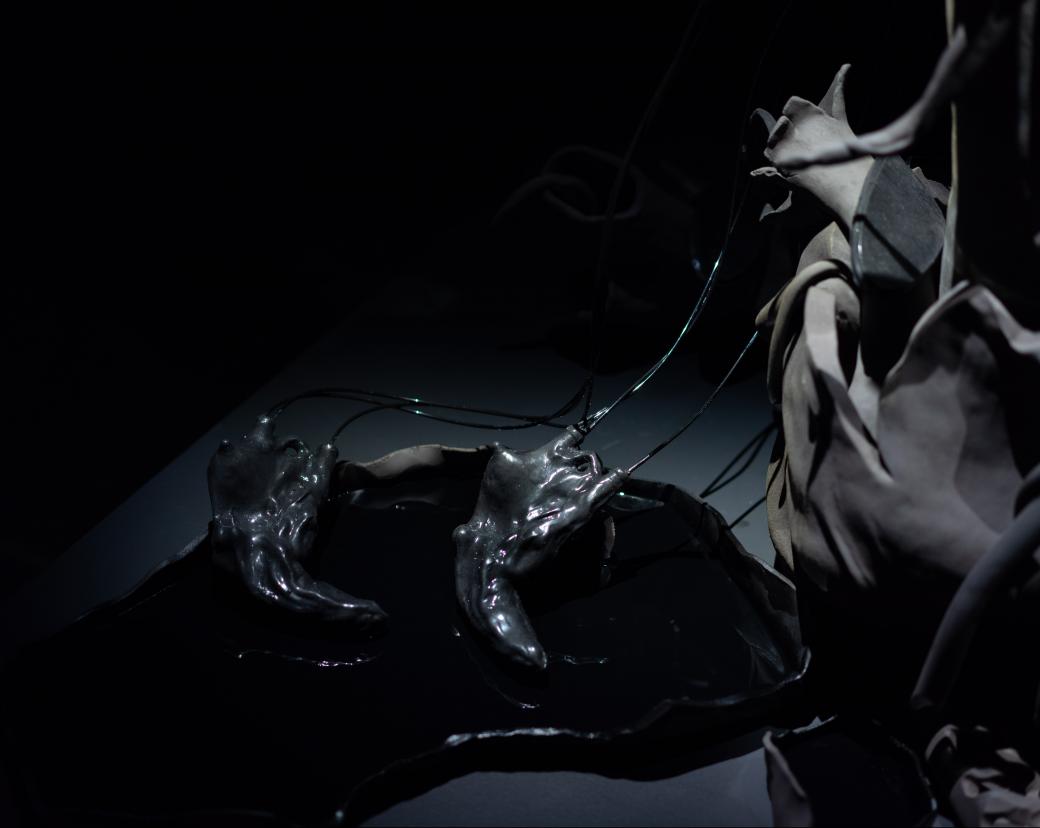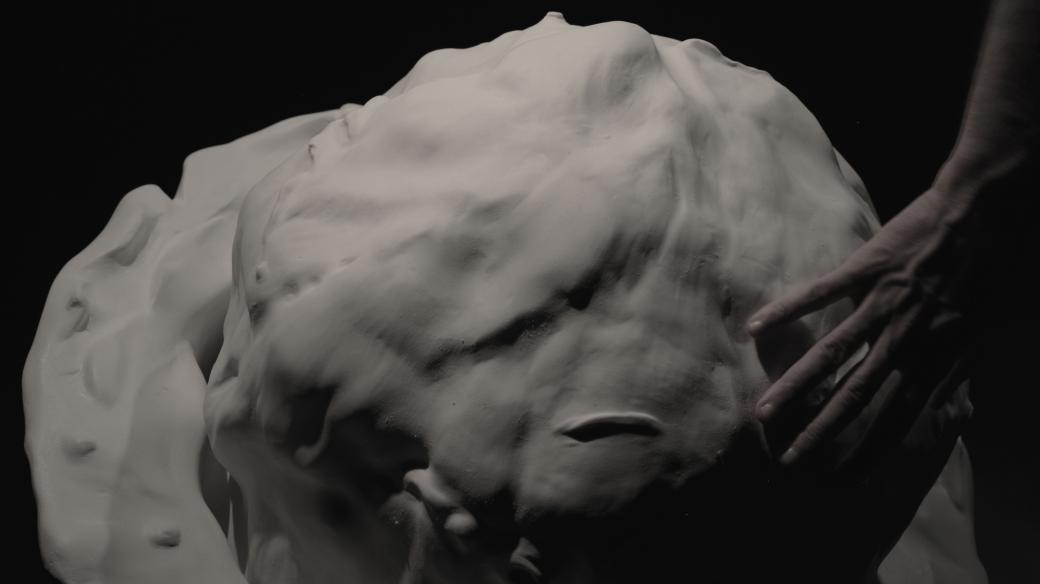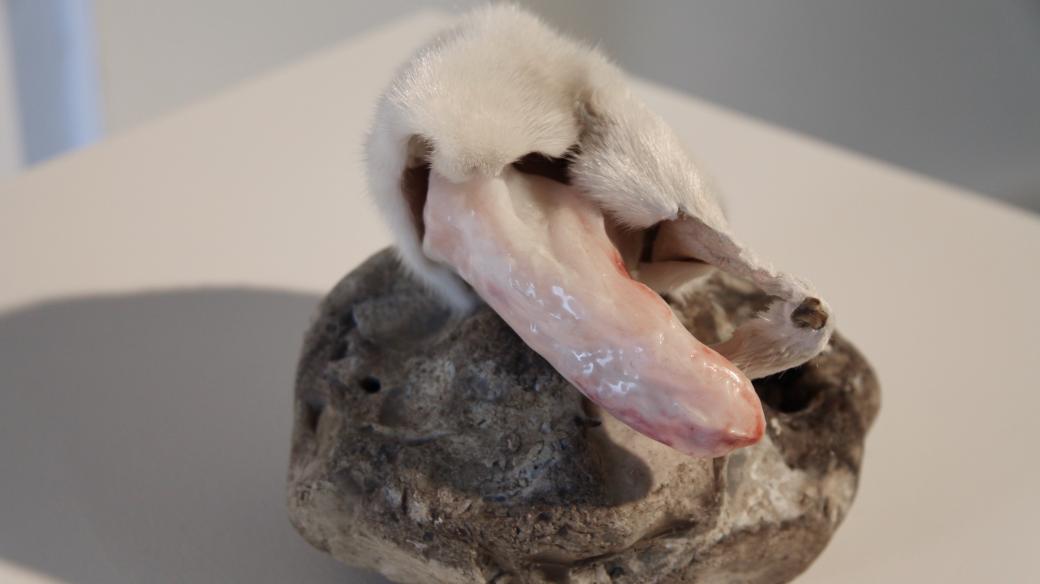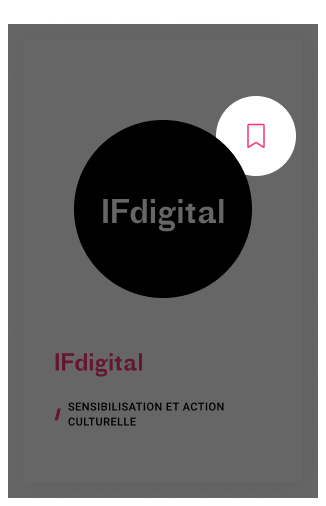There he bathes a surrealist atmosphere, a space freed from place and time, where objects and elements are symbolic: flowers, stones, umbilical cords, organs.
She questions the border between the living and the non-living through sculptures considered as “human-machine”. What interests him is to divert the organs towards inert forms to create a confrontation between the form of flesh and that of stones, between the real and the non-real.
Coming from a country where the body is a taboo subject and its representation prohibited, his works are sensual and sensory in reaction: tactile, olfactory, sometimes touching on eroticism. She sometimes invites the viewer to create a bodily relationship with her works. He is invited to touch or smell, senses often forgotten in traditional museums and in the history of art.
She sculpts the shadow that comes out of the light. It often appeals to the duality between shadow and light, characteristic of Persian architecture leading from darkness to light, a metaphor for a spiritual trajectory to create a space out of time. She thus questions our own corporeality to question us about the existence of the inert forms that surround us. where is the border between living matter and the non-living?
There floats a strongly assumed feminism, without limits, to deliver a political and direct message. By creating universes where plants, animals, minerals, and also bodies of different kinds hybridize, it dissolves borders and limits, and unifies all the elements of this universe, to say: finally, we are one!





